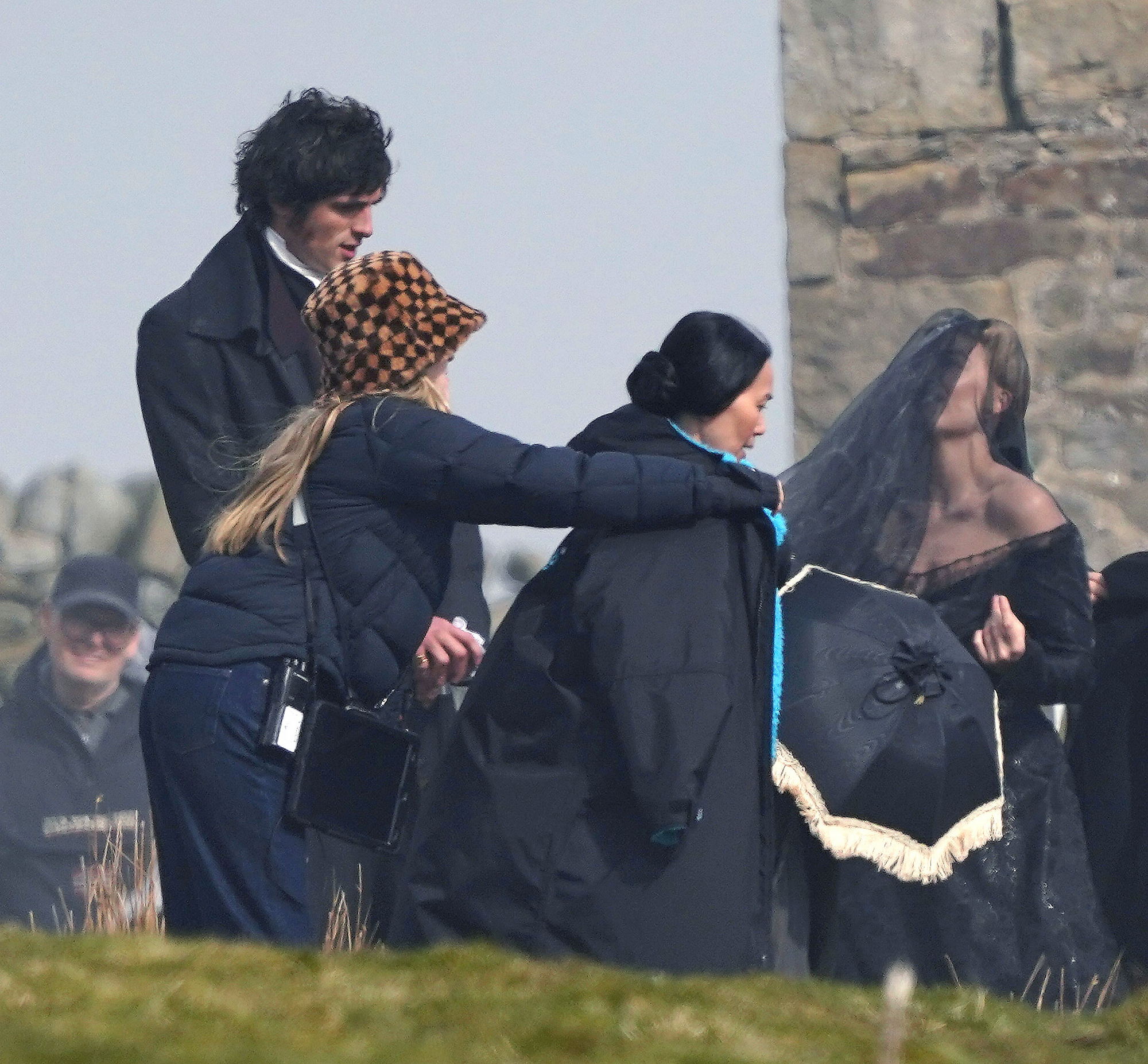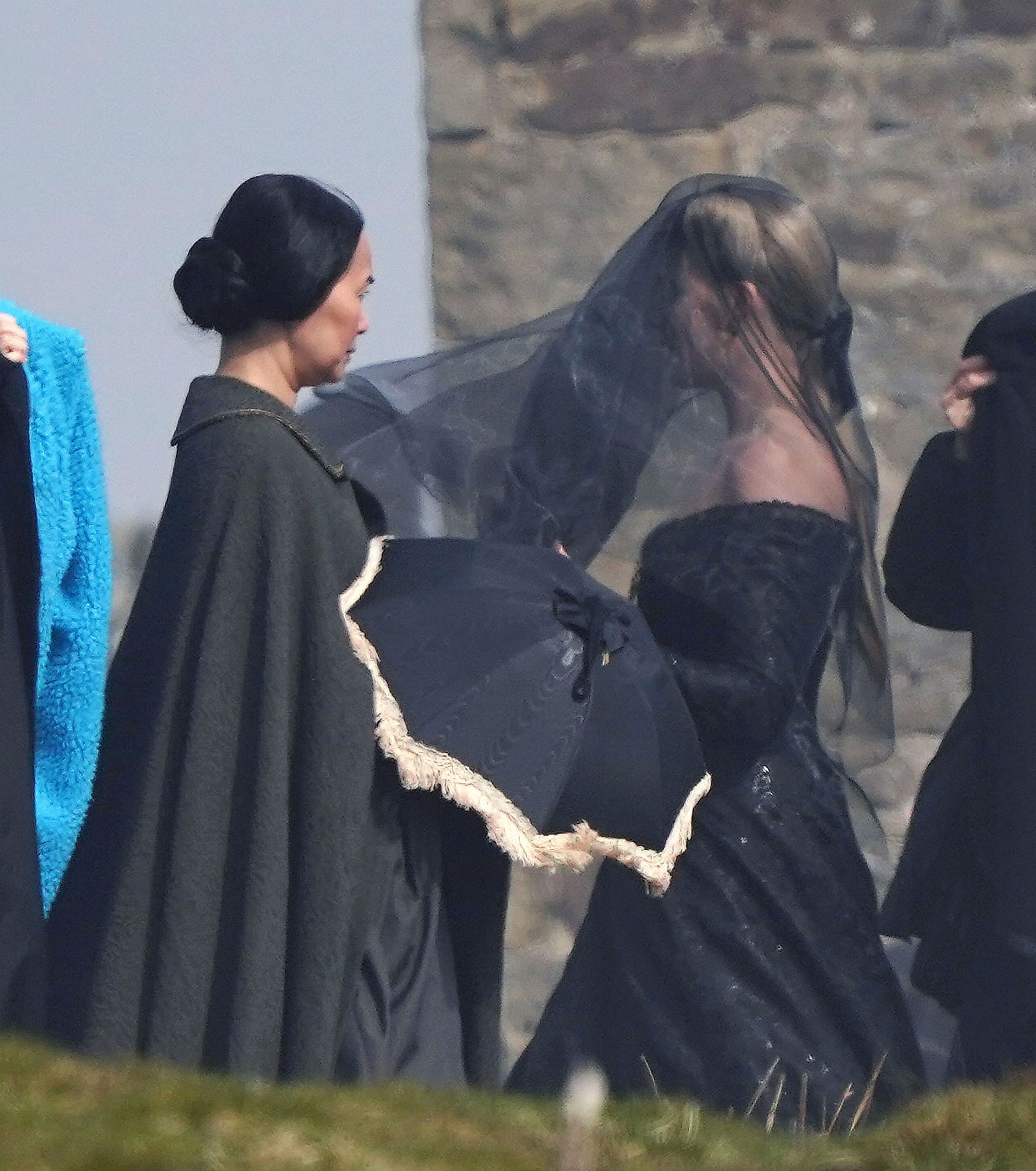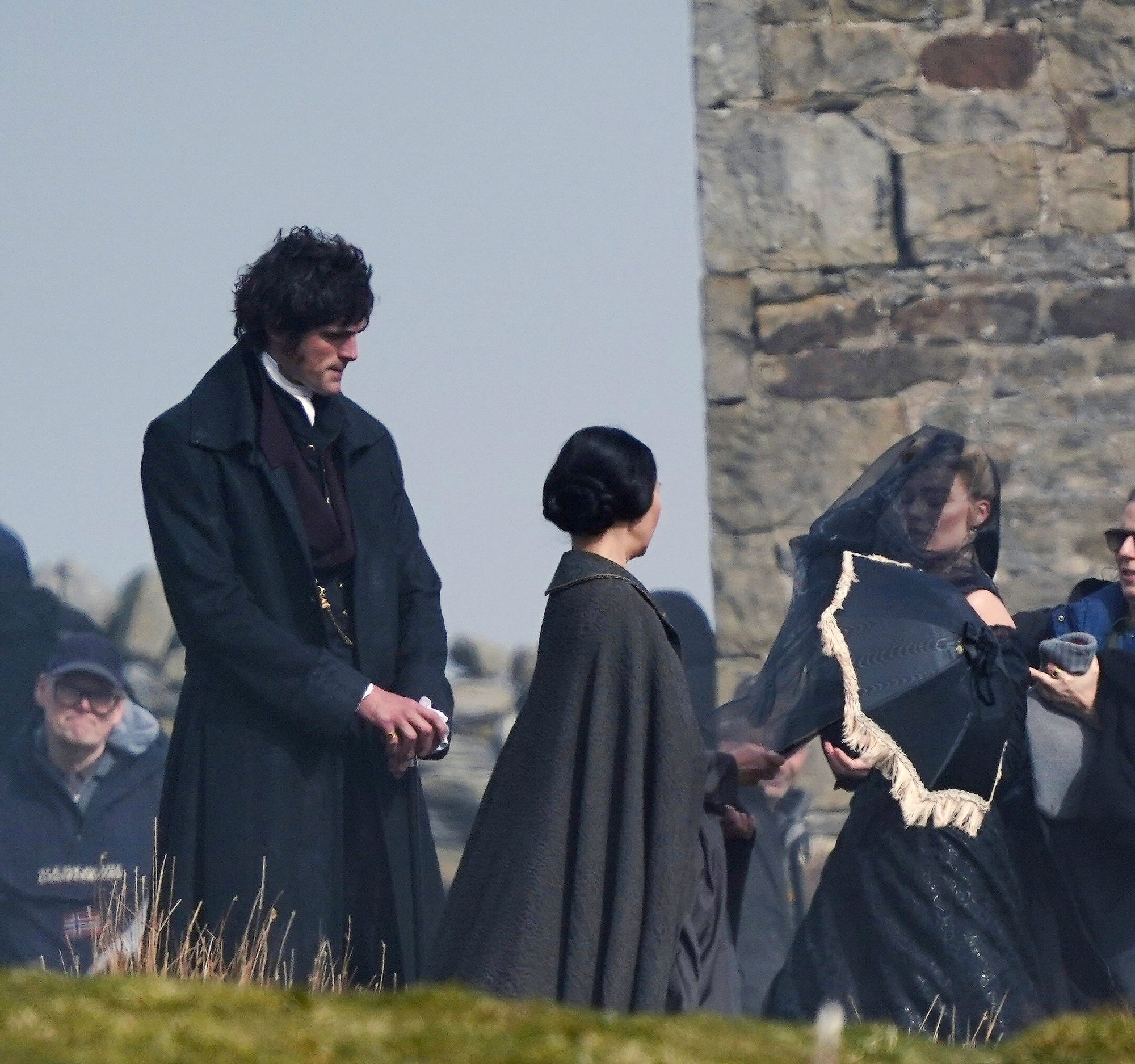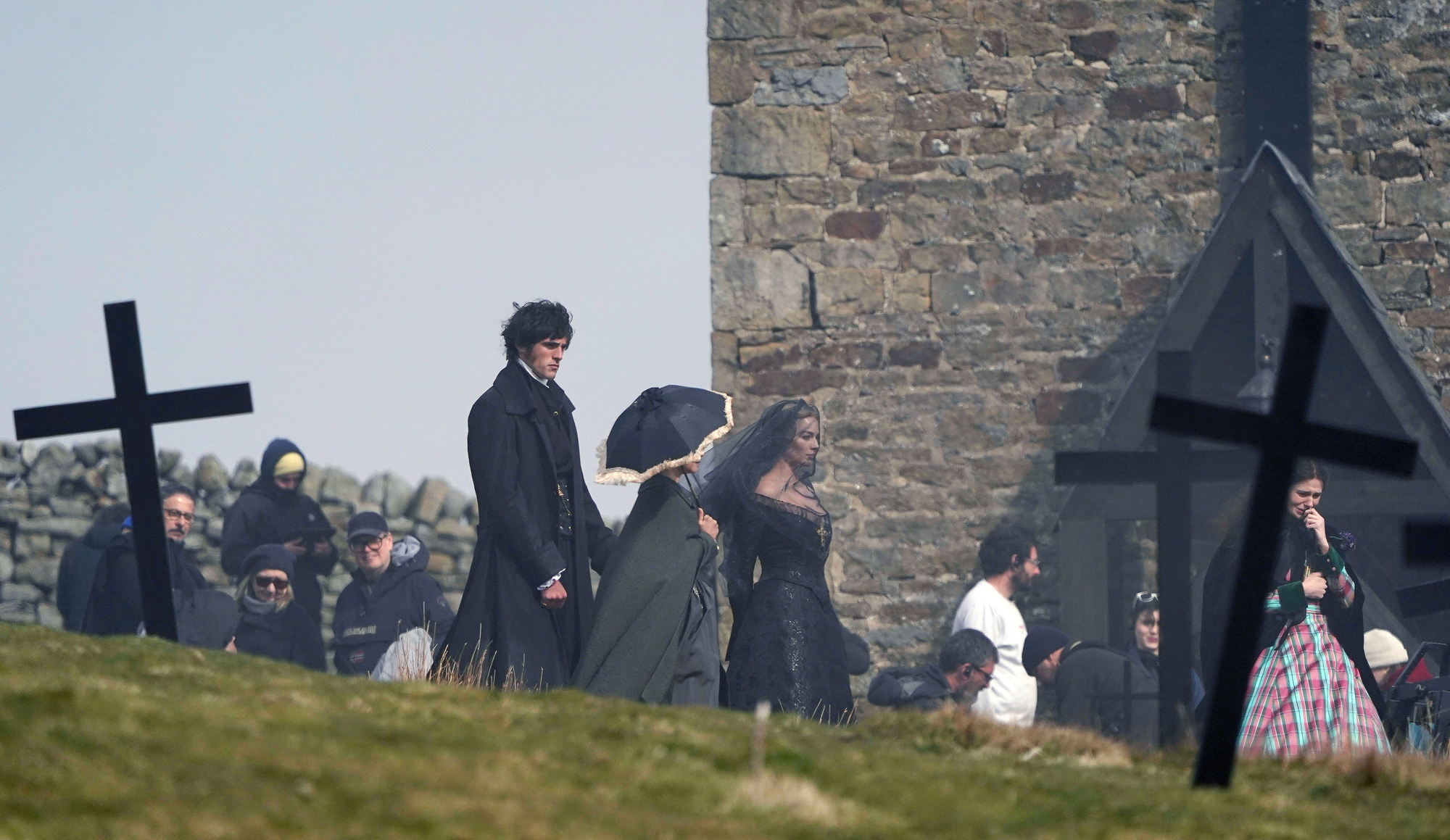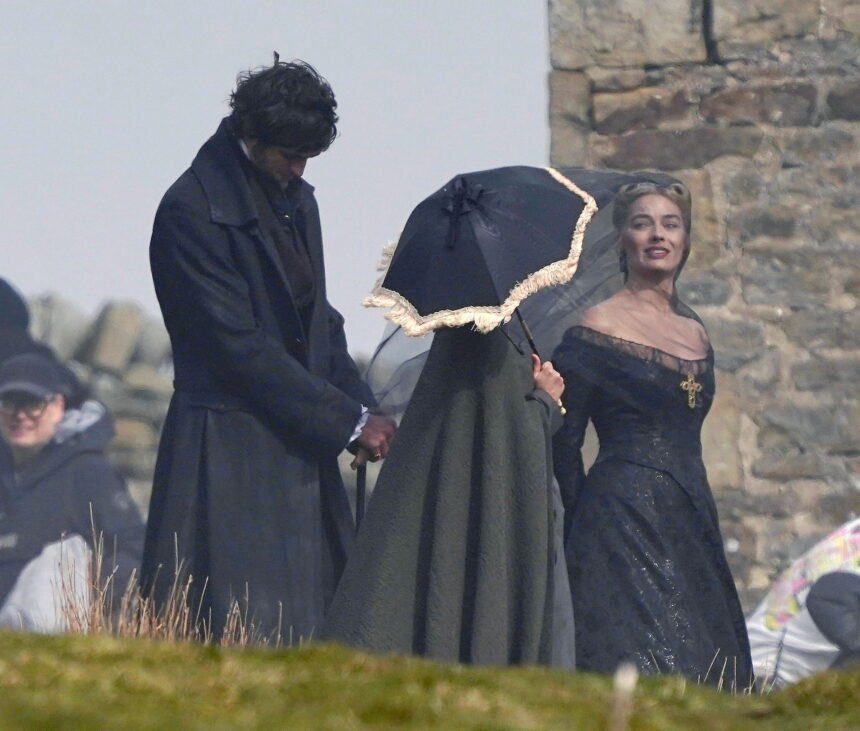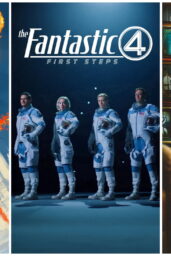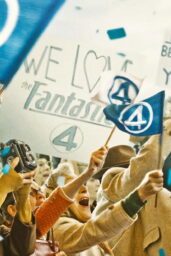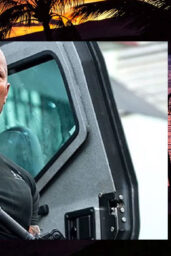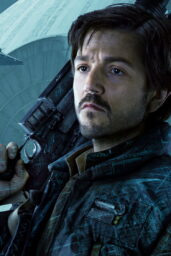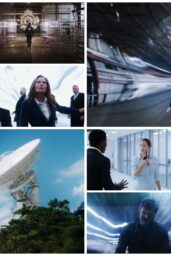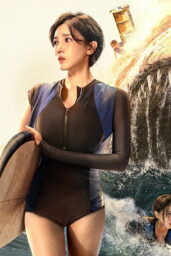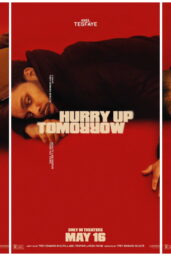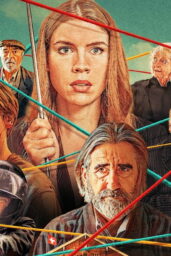I wept when they didn't go modern.
Not literally—but close. When I first heard Emerald Fennell was tackling Wuthering Heights, I imagined Heathcliff stalking Soho in a leather trench coat, Catherine blowing up his phone with cryptic texts, and some TikTok-fueled breakdown at 3 a.m. Instead? Bonnet-core. Muddy boots. Windswept cliffs. The whole Brontë buffet.
Look, I get it. The source material is iconic. But so are fax machines—and we've moved on from those, too.
A Gothic Love Story Trapped in Time
The first look photos of Fennell's Wuthering Heights are drenched in mist and melancholy, confirming the 18th-century English setting that fans of the original will recognize instantly. If you were hoping for a radical reinterpretation à la Romeo + Juliet (1996) or Clueless (1995), sorry. Not happening. Fennell is keeping things period-accurate—corsets, candlelight, and all.
The biggest surprise? Margot Robbie as Catherine. She's luminous, sure, but casting her feels like plugging a neon sign into a haunted house. Gorgeous, but—off. Catherine Earnshaw is meant to be wild, feral, untamed by social norms. Robbie's star power might outshine the character's instability.
And then there's Jacob Elordi as Heathcliff. On paper, it works. On screen? TBD. Elordi has the brooding energy, but can he tap into the unhinged rage that makes Heathcliff such a literary grenade?
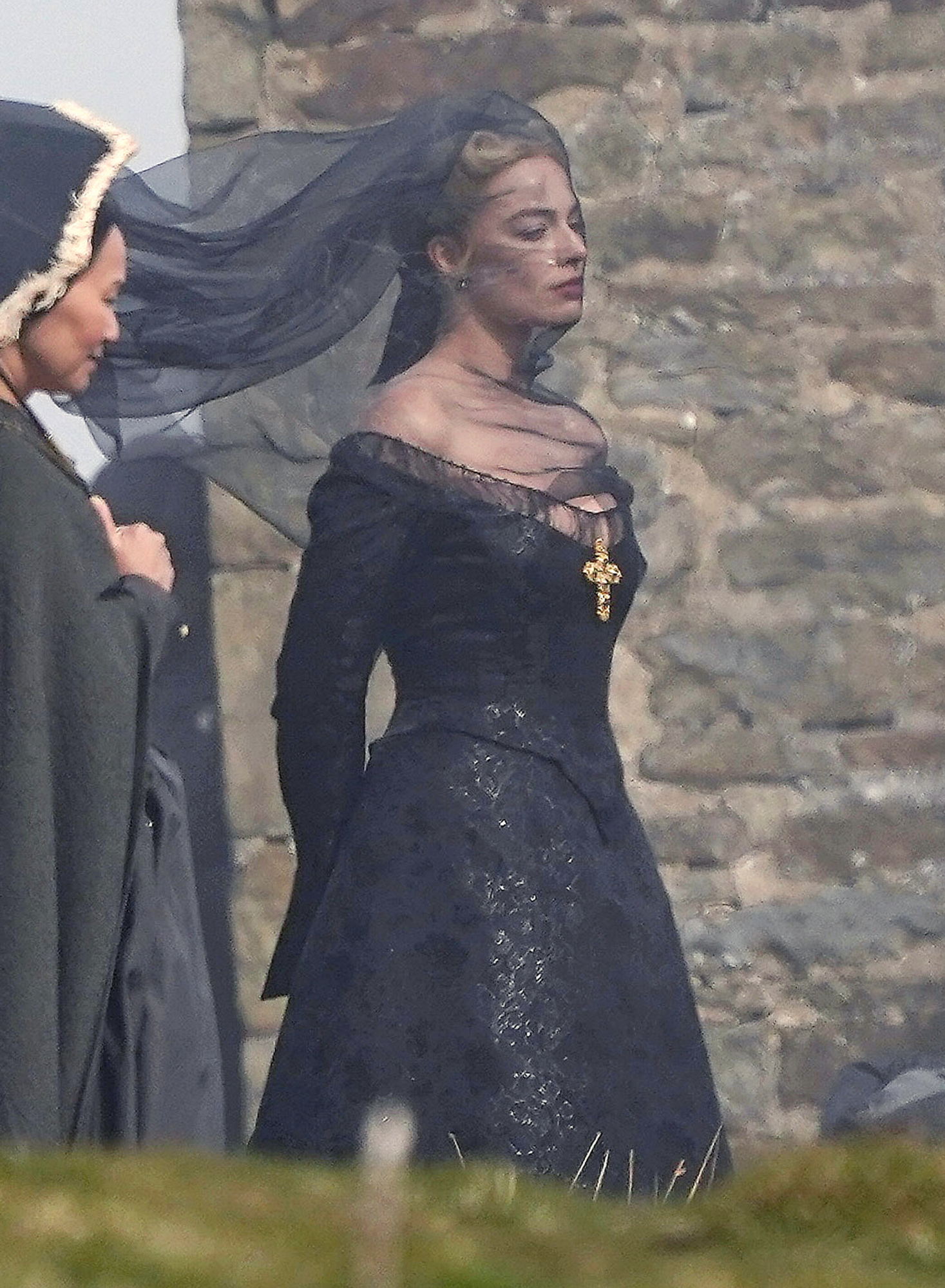
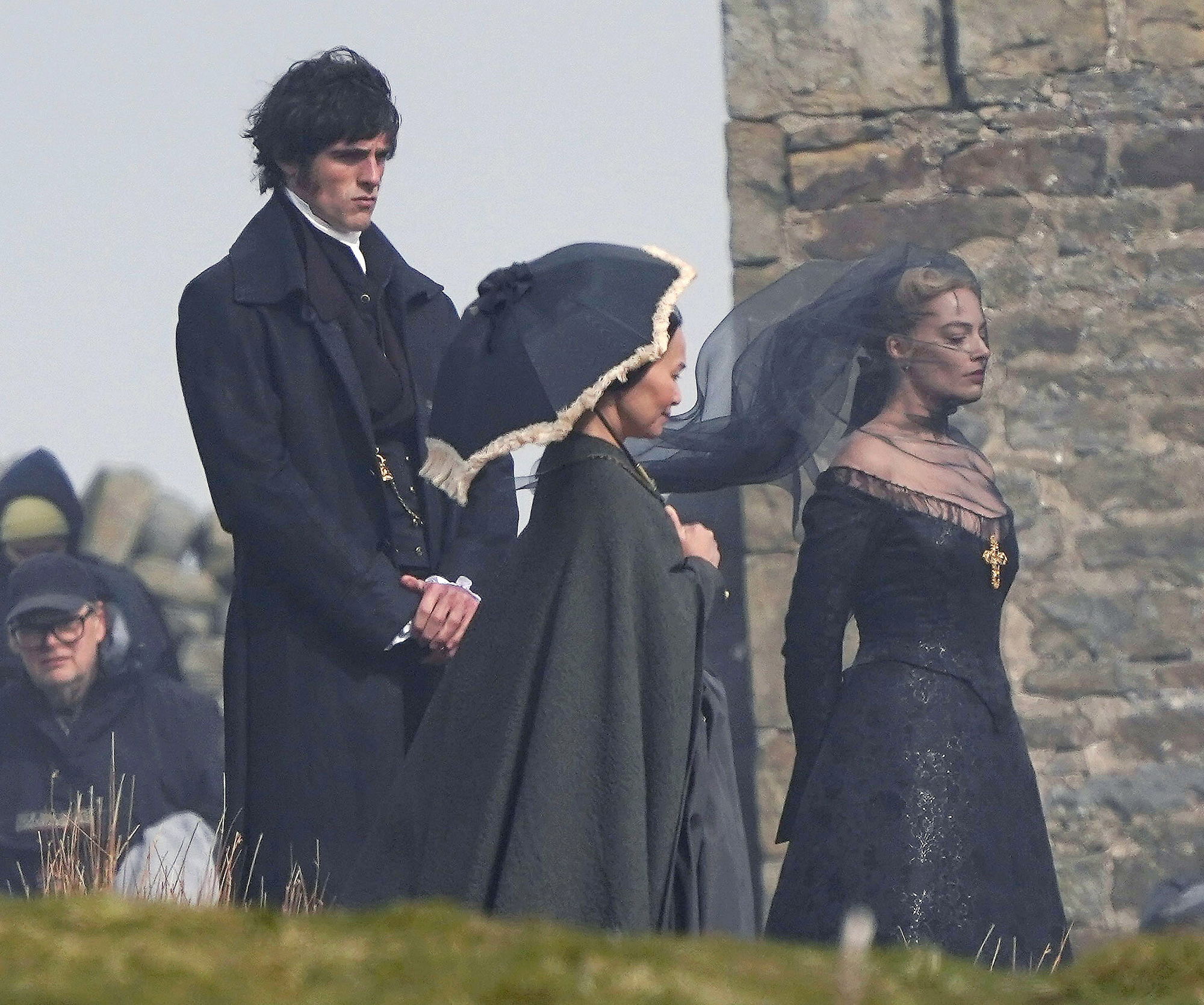
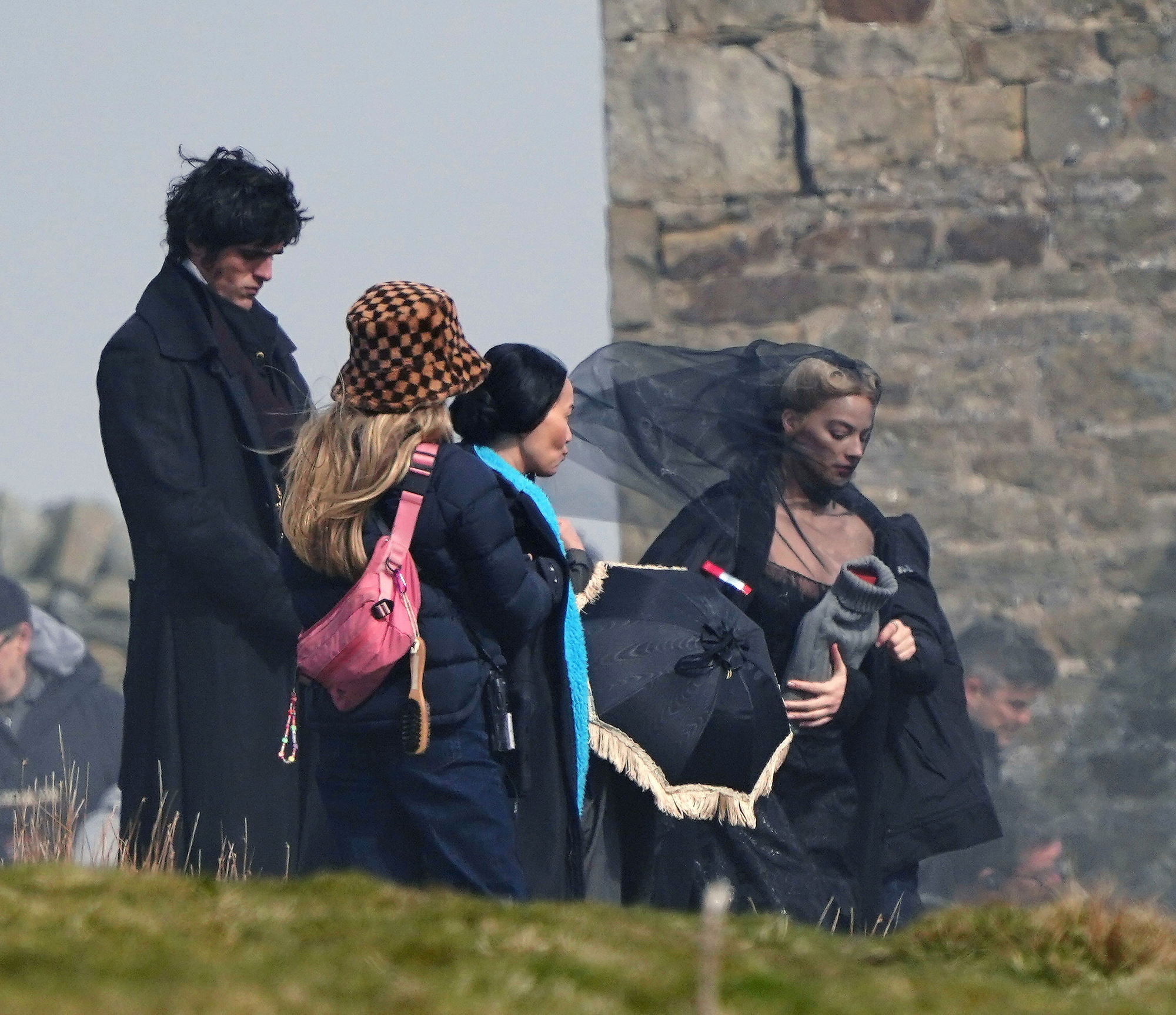
Hollywood's Repeat Button
Let's be real: Wuthering Heights is the bad boyfriend of classic literature. We keep going back, hoping this version will be different. But after four major adaptations—in 1939, 1970, 1992, and 2011—we still haven't cracked it. Even Andrea Arnold, who brought a social realist lens to her 2011 film, couldn't make it stick.
Fennell's pedigree (Promising Young Woman, Saltburn) suggests she's not afraid of chaos, but a Valentine's Day 2026 release hints at marketing over meaning. This isn't Oscar bait—it's tragic romance with a soft-focus filter.
Is this the definitive adaptation? Unlikely. But it could still be a visually arresting, high-drama curiosity for fans of slow-burn tragedy.
What We Wanted vs. What We Got
Let's play devil's advocate. A modern Wuthering Heights could've been Euphoria meets The Crown—with toxic obsession, class rage, and aesthetic overload. Instead, we're getting Masterpiece Theatre with a better Instagram filter.
Maybe that's fine. Maybe the story only breathes in the moors and mist. But don't act like there wasn't potential for something edgier—something riskier. This is like rebooting Trainspotting and setting it in a tea room.
So, Where Does That Leave Us?
We're caught in a cinematic purgatory—hoping for reinvention, settling for reverence. Yes, Fennell is smart. Yes, the cast is hot. But are we making Wuthering Heights because we believe in it—or because we ran out of Brontës to adapt?
You'll either love this or hate it. Here's why: If you crave fidelity to the text, you're in for a lush, tragic treat. But if you wanted Wuthering Heights to finally enter the 21st century and say something bold? Check your pulse.
